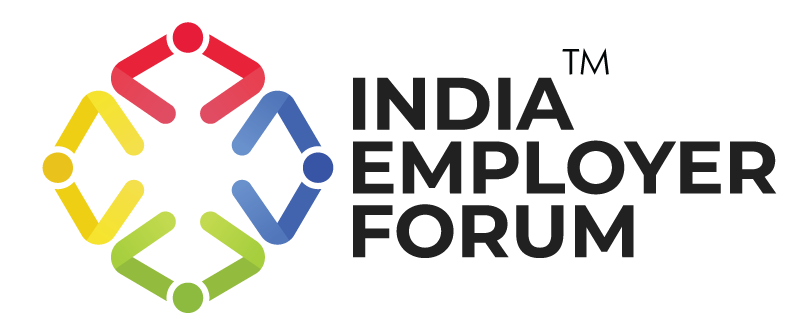Employee development is a holistic, forward-looking attitude that offers great wins for employers and industry leaders in the long run. That’s before it reaches the execution stage; whereupon it reflects the entire organization’s culture and ethos. It creates a positive ecosystem of win-win. In addition to getting motivated in the current role, the employees who benefit from the employee training & development initiatives of exemplary organizations become their lifelong advocates.
Put simply, employee development measures show workers (and also customers and prospects) that the leaders care for their present and future.
You might also be interested to read: Ensuring Continuous Learning In The Workplace
Unfettered by budget or discouragement, employee learning flies high
LinkedIn Learning, in its 2020 Workplace Learning report, calls the sponsorship and encouragement received by learning and development initiatives from the top leaders and executives ‘executive buy-in’. It goes on to show that inclination toward training and development is further backed by higher L&D budgets. According to the same portal, in the previous year (2019), only 27% of the surveyed organizations mentioned budget constraints as a hindrance in the path of reskilling and upskilling initiatives.
In 2020, the evidence of staff training and development winning favor among executives and business owners is conclusive. There is a trend of growing associations with L&D outsourced partners where the latter are seen as strategic business partners as opposed to temporary vendors offering a transactional deal. Even as organizations suffer the consequences of remote teams and move away from instructor-led modules, online learning continues to grow. This trend is more apparent in India, where more than one out of three L&D managers are hopeful that the budget will continue to grow, specifically in the direction of self-paced online learning modules.
On part of the employees, taking the onus of learning upon oneself could not have come at a better time. As job roles undergo some level of restructuring and paring owing to the surge in remote work and telecommuting, learning is more of a necessity than a luxury today. Workers are required to pick up new skills and obtain a working knowledge of new SaaS packages and tools. This trend has sharpened to a conspicuous bend in the road of workplace culture thanks to the ‘new normal’ brought about by the coronavirus pandemic. The effects of the pandemic remain and continue to guide social distancing at workplaces.
Benefits of employee development outweigh any costs and constraints
Employee development is one area of fine-tuning a workplace culture with the obvious advantages and several undocumented, far-reaching ones for the industry and economy at large. Appreciably, some short-sighted leaders may worry that skill development can cause ambitious, quick-thinking employees to move on to better-paying positions. But in the big picture, these are skills that add to the production numbers and improve manufacturing performance of entire assembly lines. The small cost of increased turnover brings in the more momentous gains of creating opportunities for other workers, improving industry benchmarks, and streamlining paths for career growth. For these reasons and several others, employee development deserves to be an undisputed focal point for CHROs and top management, all the way down to line managers.
Keeping this in mind, several leaders now wonder how to create an employee development plan. Concrete, authentic answers about the skills to be obtained and the modes of learning that work best can be gathered from surveys. In addition, talent acquisition teams offer pointed insights on how employee learning can save staggering costs in future hiring. The resolution to empower employees can, with some granular planning before execution, become second nature across the hierarchy and an inherent part of the company culture.
References:
- Viewpoint: 3 Steps to Make Learning Part of Company Culture | SHRM | Pamay Bassey | May 21, 2020
- 2020 Workplace Learning Report | learning.linkedin.com
You might also be interested to read:
Related Topics:






